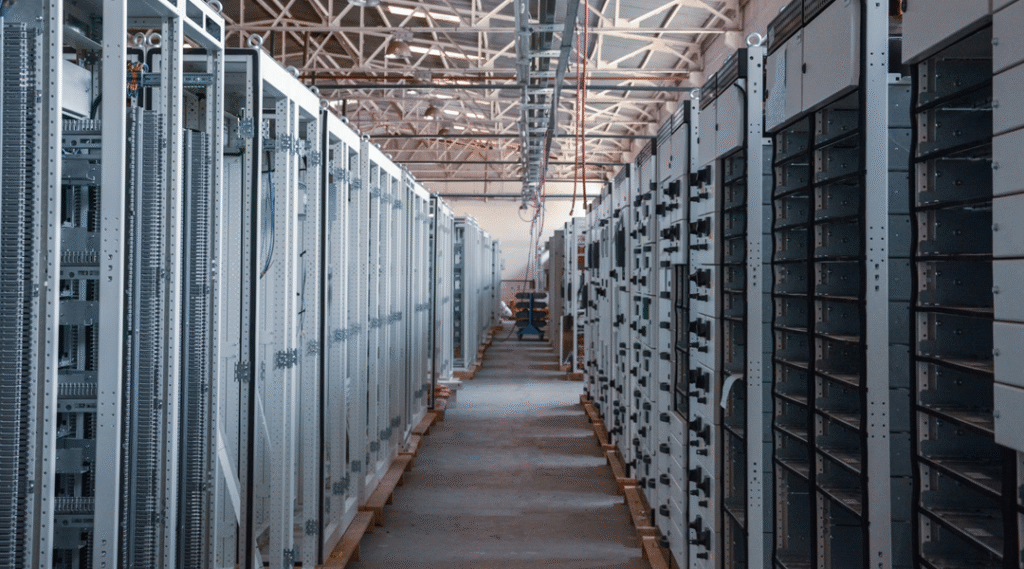Modern data centers are purpose-built facilities that house the infrastructure required to store, process, and distribute large volumes of digital information. Unlike earlier generations of computing installations—where server rooms were ad hoc closets or repurposed office spaces—today’s data centers are engineered from the ground up to ensure maximum uptime, energy efficiency, security, and scalability. These facilities support everything from global cloud platforms and enterprise resource planning systems to real‑time analytics, artificial intelligence workloads, and edge‑driven applications.
Core Infrastructure and Design Principles
At the heart of a modern data center lies its compute, storage, and networking components. Servers—often blade or rack‑mounted machines—provide raw processing power. Storage arrays, whether traditional SAN/NAS or emerging disaggregated architectures, handle persistent data. High‑speed switches and routers interconnect these devices and link the facility to the wider internet or private networks. Surrounding this “IT load” is an envelope of support systems: redundant power feeds, uninterruptible power supplies (UPS), diesel generators, precision air‑conditioning units, and advanced fire detection and suppression systems. Facilities are designed using tiered standards (e.g., Uptime Institute’s Tier I–IV classifications) to balance cost against required levels of fault tolerance and maintenance flexibility.
Energy Efficiency and Environmental Stewardship
Energy consumption in data centers has skyrocketed alongside growth in digital services. Modern operators aggressively pursue efficiency metrics such as Power Usage Effectiveness (PUE), which compares total facility power draw to IT equipment power draw. Leading hyperscale facilities routinely achieve PUE values below 1.2 through strategies like free‑air economization, hot‑aisle containment, and liquid cooling for high‑density racks. Many providers also invest in on‑site renewable generation—solar arrays, wind turbines, or fuel cells—and procure off‑site green energy through power purchase agreements. Beyond carbon footprint reduction, sustainable practices extend to water conservation (closed‑loop cooling) and responsible e‑waste recycling, underscoring data centers’ role in broader corporate environmental goals.
Security is a non‑negotiable aspect of modern data center operations. Physically, facilities employ multi‑factor access controls: perimeter fencing, mantraps, biometric scanners, and 24/7 on‑site security personnel. Video surveillance with AI‑powered anomaly detection further enhances threat identification. On the cyber side, data centers integrate layered defenses—firewalls, intrusion detection/prevention systems (IDS/IPS), and zero‑trust network segmentation—to protect against malware, DDoS attacks, and insider threats. Encryption both at rest and in transit safeguards sensitive data, while regular audits and compliance certifications (e.g., ISO 27001, SOC 2, PCI DSS) demonstrate adherence to global security standards.
Scalability and Virtualization
One defining feature of modern facilities is their ability to elastically scale resources. Virtualization technologies—hypervisors, container orchestration platforms like Kubernetes, and software‑defined networking (SDN)—decouple workloads from physical hardware. This abstraction enables on‑demand provisioning, rapid workload migration, and multi‑tenant resource sharing. Hyperscale operators leverage custom hardware and open‑source software stacks to deploy thousands of nodes in hours, automatically load‑balancing traffic according to real‑time user demand. For enterprises, private and hybrid cloud models replicate these capabilities at smaller scale, offering IT teams greater agility in deploying applications.
Edge and Micro Data Centers
As latency‑sensitive applications such as autonomous vehicles, augmented reality, and IoT devices proliferate, processing closer to data sources is essential. Micro data centers—compact, self‑contained modules deployed in remote or urban locations—provide compute and storage at the “edge.” These units, which can fit into shipping containers or telecom huts, handle local traffic and pre‑process data before forwarding aggregated results to core facilities. This distributed topology alleviates backbone congestion, reduces round‑trip delays, and enhances reliability for critical services.
Automation, Monitoring, and AI Operations
Modern data centers generate vast telemetry data—temperature, power usage, network throughput, hardware health metrics. Advanced monitoring platforms ingest and analyze this data using machine learning algorithms to predict component failures, optimize cooling setpoints, and dynamically rebalance workloads. Infrastructure-as-Code (IaC) tools automate provisioning and patch management, while robotic process automation (RPA) handles routine maintenance tasks. These self‑driving data center capabilities increase uptime and reduce operational costs by minimizing manual intervention.
Future Trends and Innovations
Looking ahead, several trends are reshaping the data center landscape. Hyperscale operators are deploying liquid‑cooled racks and experimenting with immersion cooling to support ultra‑dense GPU clusters for AI training. Quantum‑ready facilities with shielded enclosures are being prototyped to host superconducting qubit systems. Advances in photonic interconnects promise lower-latency, higher-bandwidth links within and between data centers. Meanwhile, sustainability mandates are driving “circular” data centers that repurpose waste heat for district heating and integrate modular, relocatable designs to extend lifecycles.
Final Thoughts
A modern data center is far more than a warehouse of servers; it is a highly engineered, intelligent ecosystem that balances performance, efficiency, security, and scalability. As demand for digital services grows, data centers will continue to evolve—becoming more automated, more energy‑aware, and more distributed—ensuring that the digital backbone of our connected world remains resilient and innovative.
All articles on this special edition-DATA CENTER:
(#1) Inside the Digital Backbone: Understanding Modern Data Centers
(#2) From Vacuum Tubes to Cloud Campuses: The Evolution of Data Center Architecture
(#3) From Servers to Coolant: A Deep Dive into Data Center Core Components
(#4) Harnessing Efficiency: Overcoming Energy and Sustainability Hurdles in Data Centers
(#5) Cooling Innovations Powering the Next Generation of Data Centers
(#6) Safeguarding the Core—Data Center Security in the Physical and Cyber Domains
(#7) Decentralizing the Cloud: The Rise of Edge Computing and Micro Data Centers
(#8) Data Center: Cloud, On-Premises, and Hybrid Infrastructure
(#9) Intelligent Data Center Management and Automation
(#10) Market Landscape and Key Players in the Data Center Industry
(#11) Navigating Regulatory, Compliance, and Data Sovereignty in Modern Data Centers
As for in-depth insight articles about AI tech, please visit our AI Tech Category here.
As for in-depth insight articles about Auto Tech, please visit our Auto Tech Category here.
As for in-depth insight articles about Smart IoT, please visit our Smart IoT Category here.
As for in-depth insight articles about Energy, please visit our Energy Category here.
If you want to save time for high-quality reading, please visit our Editors’ Pick here.



